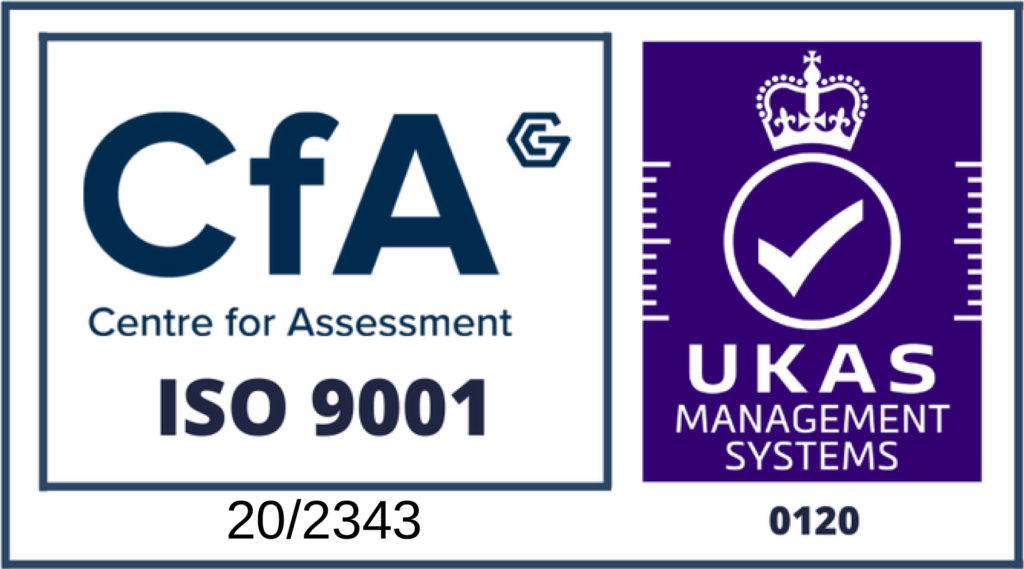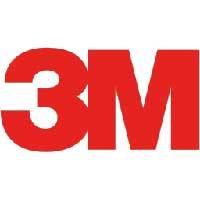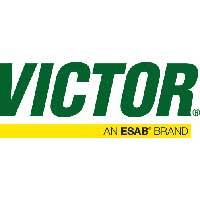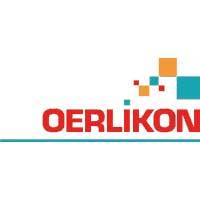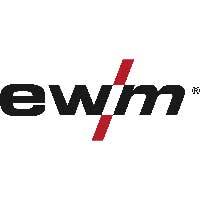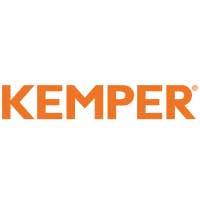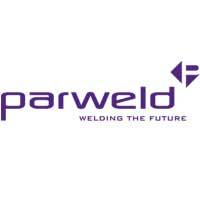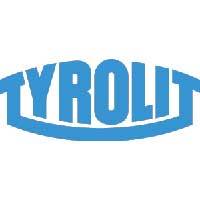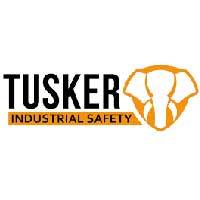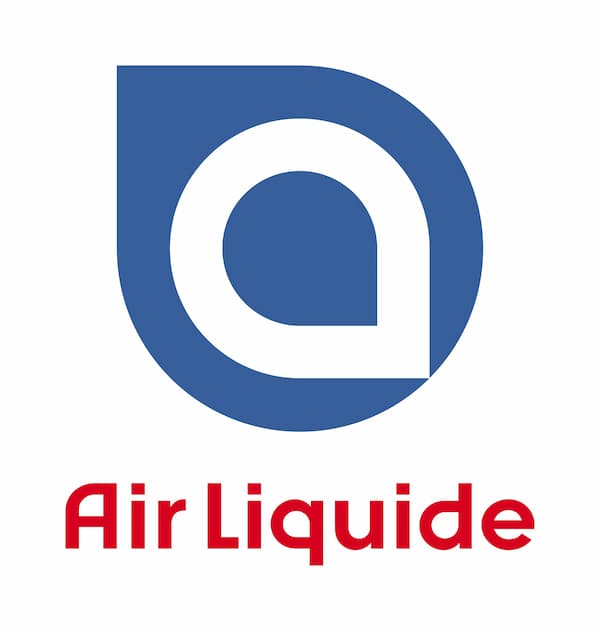When welding two pieces of metal together, you need to use a lot of heat. To control how the heat behaves and what result you get, you need to use the right type of welding gas. The wrong gas could result in a lower quality weld and an end result that doesn’t last. So, which type of gas is best for your project?
What Does Welding Gas Do?
The gas that you use can have different effects on your welding. It can have an effect on the material that you’re working with, and it can change its own properties. The two main categories of welding gas are inert and reactive. From there, there are a few sub categories that produce different results.
Inert Gases
An inert gas will not change when it comes into contact with substances or different temperatures. Their stability is useful, because it allows welding to be completed without any distortion.
Reactive Gases
On the opposite end of the spectrum, a reactive gas is used because it will change under different circumstances. This could be a change to the material that you’re working on, or a change to the gas itself. You should use a reactive gas that will produce the result that you want.
Gas Type #1: Shielding Gas
As the name suggests, a shielding gas protects your project from impurities. It’s used above the weld joint. The majority of shielding gases are inert, because they need to remain stable. Shielding gas prevents unwanted materials from affecting the chemical reactions that happen during the weld. When used correctly, this should produce a better quality end product with a stronger weld.
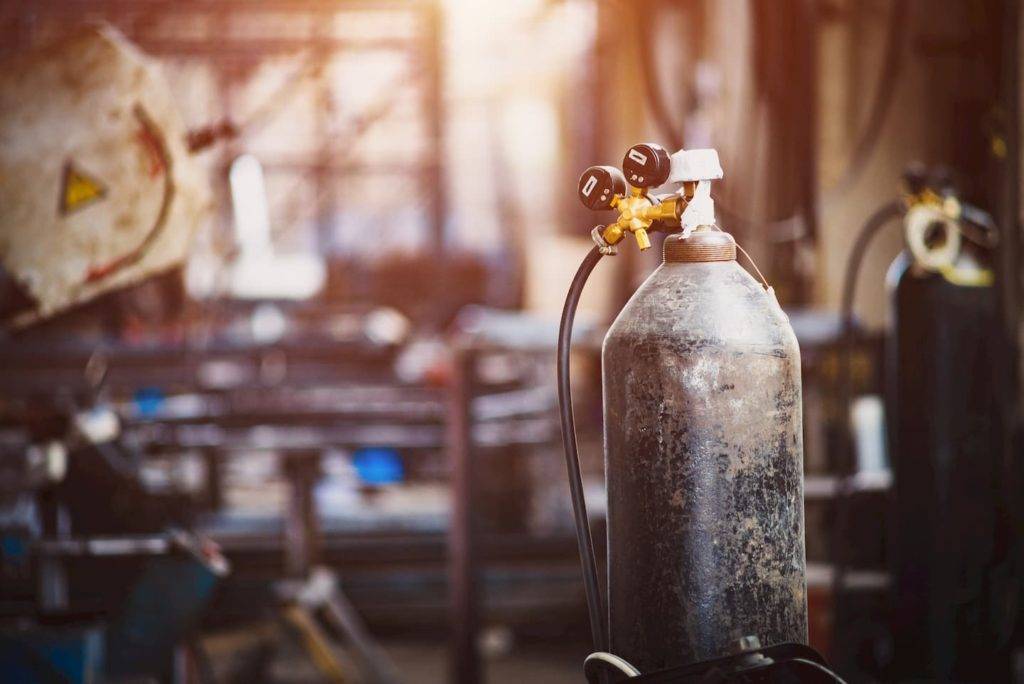
Gas Type #2: Purging Gas
A purging gas is used underneath the area that you’re welding. Purging gas pushes any contaminants away from the joint. It can be the same type of gas that you’d use for shielding purposes. The joint needs to be sealed off for the gas to purge it. The gas should blow over the area to push the contaminants away.
Gas Type #3: Heating Gas
Some welding projects will require you to get the metal really hot. Heating gas is a mixture of fuel and air or oxygen, which is lit by a flame. This heat will warm the metal, preparing it for welding. You’d need to preheat your metal when you’re using a metal that’s prone to cracking. This process will mean it takes longer to cool, which helps to maintain the structure.
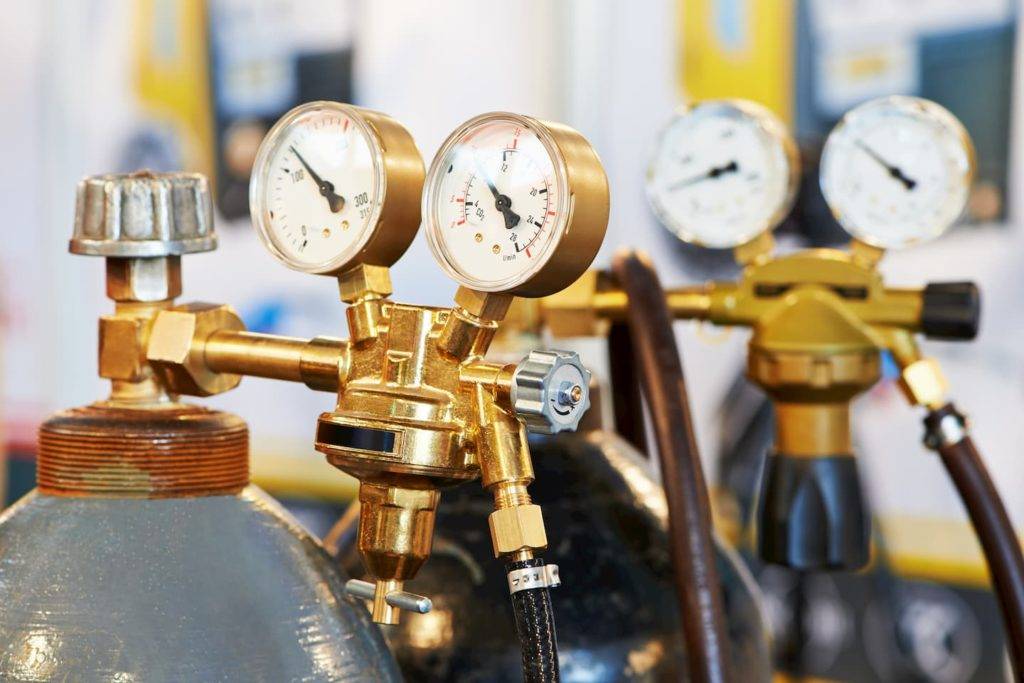
Gas Type #4: Blanketing Gas
When you’ve finished welding, you may want to use a blanketing gas to prevent the final product from being damaged or stained. You’ll need to place your welded item in a sealed container and fill it with the gas. As it cools, the blanketing gas will protect your work from any unwanted reactions happening.
For Welding Gas, Choose Proweld UK
No matter what type of gas you need, Proweld UK have got you covered. We offer welding supplies to all of Devon and Cornwall, with deliveries available as well as collection.

